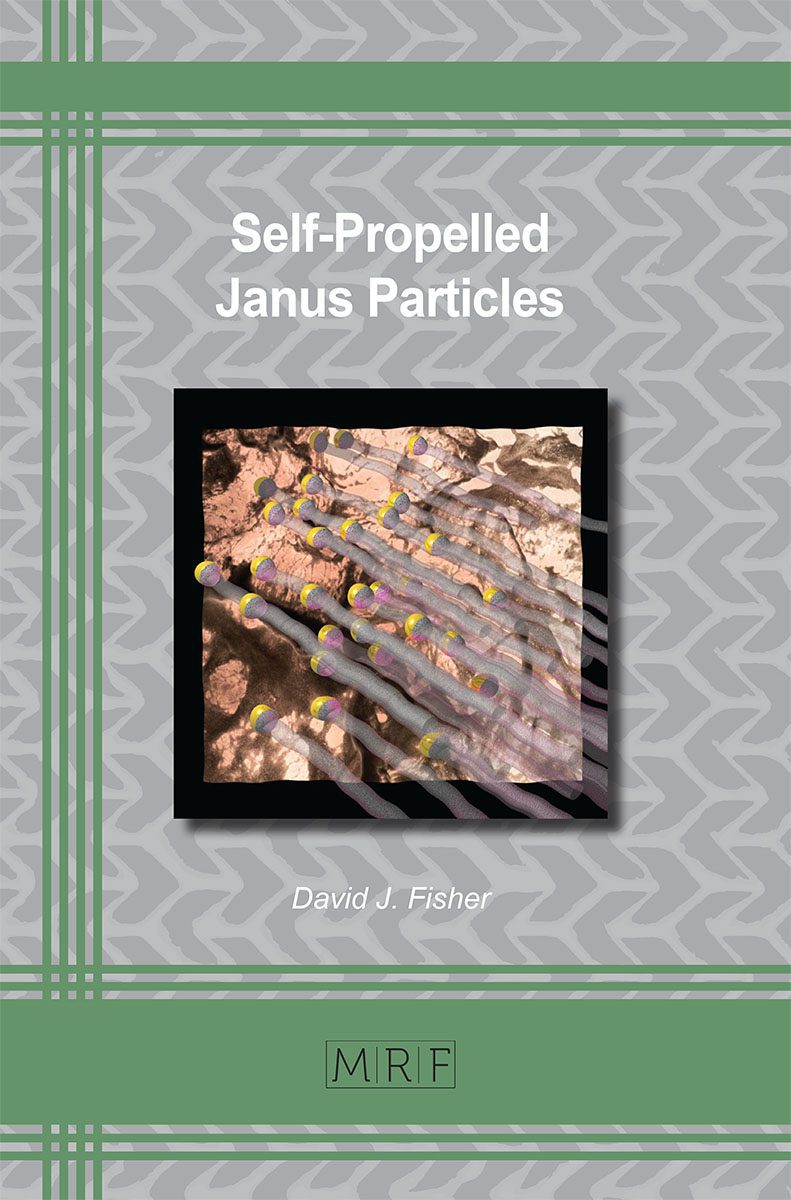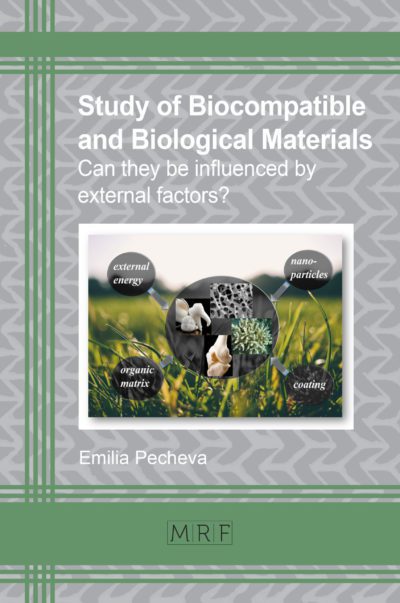Self-Propelled Janus Particles
David J. Fisher
Materials Research Foundations Vol. 93
Publication Date 2021, 124 Pages
Print ISBN 978-1-64490-118-2 (release date February 2021)
ePDF ISBN 978-1-64490-119-9
DOI: 10.21741/9781644901199
Design and operation of Janus particles have a great potential for applications in fields such as environmental remediation, electronic engineering, bio-imaging, bio-sensing, drug delivery and other biomedical tasks. Current research aims to imitate the molecular motors of biological systems by creating micro- and nano-scale particles which can exploit chemical energy so as to produce directional motion. The assembling of self-propelled particles and their movement can be controlled by using external fields, especially magnetic fields. The book references 332 original resources and includes their direct web link for in-depth reading.
Keywords
Janus Particles, Bio-imaging, Bio-sensing, Drug Delivery, Environmental Remediation, Electronic Engineering, Asymmetrical Colloidal Particles, Catalysis-propelled Particles , Nanoscale Engines, Chemical Asymmetry, Self-propulsion, Diffusiophoresis, Electrophoresis, Thermophoresis, Bubble Generation, External Propulsion, Radiation Effects, Electric Field, Magnetic Field, Gravitaxis, Barrier Effects
Google Preview
Table of Contents
Introduction 3
Self-propulsion 5
diffusiophoresis 5
thermophoresis 23
electrophoresis 26
bubble generation 31
External propulsion 42
radiation 42
magnetic field 53
electric field 56
Other propulsive phenomena 58
General analyses of Janus particle motion 63
Gravitaxis 72
Effect of barriers 72
Applications 84
environmental remediation 85
medical 91
electronics 99
References 100
Related Links
https://en.wikipedia.org/wiki/Janus_particles

































